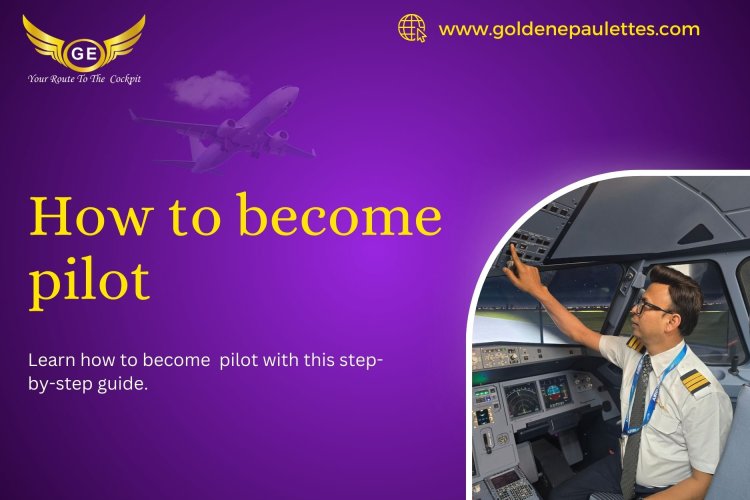How to Become a Pilot: The Importance of Navigation Skills
Navigating involves knowing how to read charts, use navigational instruments, and follow specific routes to get from one point to another while ensuring the safety and efficiency of your flight.

How to Become a Pilot: The Importance of Navigation Skills
As you advance in your journey to become a pilot, one of the most essential skills you will need to master is navigation. Whether you’re flying a small private aircraft or a commercial airliner, being able to navigate efficiently and safely is crucial. Navigating involves knowing how to read charts, use navigational instruments, and follow specific routes to get from one point to another while ensuring the safety and efficiency of your flight.
The Basics of Navigation
Navigation for pilots involves two main components: ground navigation and air navigation. Ground navigation refers to using landmarks and maps to track your position when flying, while air navigation focuses on using aviation-specific tools like radio navigation aids, GPS systems, and flight instruments to guide you through the skies.
When learning how to become pilot, you'll first be taught basic navigation concepts, including how to use a compass, how to interpret aeronautical charts, and how to calculate headings, distances, and fuel consumption.
Key Navigation Tools for Pilots
Pilots rely on several tools and instruments to navigate accurately. Some of the most important tools include:
-
Aviation Charts: These charts provide information on airspace boundaries, terrain features, waypoints, and navigational aids like VOR (Very High Frequency Omnidirectional Range) and NDB (Non-Directional Beacon). Pilots use these charts to plan their route and avoid restricted areas.
-
GPS Systems: Modern aircraft are often equipped with GPS, which provides real-time positional data and route guidance. GPS is a crucial tool for reducing the chances of getting lost, especially in remote areas.
-
Flight Instruments: Instruments such as the heading indicator, altimeter, and vertical speed indicator (VSI) help pilots maintain their course and altitude, ensuring smooth navigation during flight.
-
Radio Navigation Aids: Systems like VOR and NDB help pilots navigate by providing direction information. These tools allow pilots to stay on track and communicate with air traffic control (ATC) for directions and updates.
Mastering the use of these tools is a key component of how to become pilot and ensures you can handle a wide variety of flight scenarios.
Navigational Techniques
There are several techniques that pilots use to navigate during flight:
-
Dead Reckoning: This involves flying from one point to another based on a predetermined course, using time, speed, and distance calculations. While it’s less common today due to the availability of GPS, dead reckoning is still an important skill for pilots to learn.
-
Radio Navigation: By tuning into VOR or NDB stations, pilots can fly along specific airways or routes, which are predefined paths in the sky that lead to airports or key navigational points.
-
Visual Flight Rules (VFR): Under VFR, pilots navigate by visual references, such as landmarks or terrain. This type of navigation is often used during clear weather conditions when pilots can easily see the ground.
-
Instrument Flight Rules (IFR): When flying under IFR, pilots rely on instruments for navigation due to poor visibility or adverse weather conditions. IFR flights require more advanced training but are essential for flying in less-than-ideal conditions.
Mastering these navigation techniques will significantly improve your skills and confidence in how to become pilot and make you a safer and more competent aviator.
Conclusion
Effective navigation is essential for any pilot, whether you’re flying for leisure or as part of a commercial operation. By learning how to use navigation charts, instruments, and techniques, you’ll gain the skills needed to navigate safely and efficiently. As you continue your flight training on how to become pilot, remember that understanding navigation is a cornerstone of flying and will be key to your success in the skies.
What's Your Reaction?


















.jpg)